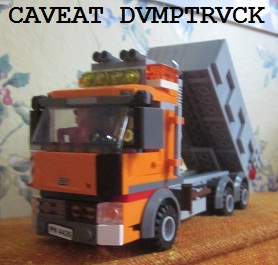These are the grammar points from the first two volumes of the Korean language textbook I was using in February and March, 2010. Given that I finished the courses, I should, in theory, know all this grammar perfectly. So much for theory.
미친
외국인의 문법 – Things from the textbook, that I
should already know
1.01.1
종결
어미 (terminative inflections), formal register
declarative: Vc+습니다
/ Vv+ㅂ니다
interrogative: Vc+습니까
/ Vv+ㅂ니까
imperative: Vc+으십시오
/ Vv+십시오
propositive: Vc+읍시다
/ Vv+ㅂ시다
1.01.2
honorific V-stem infix (precedes most
other affixes): Vc+으시+
/ Vv+시+
1.02.1
“how” Adv: 어떻게
1.02.2
“too, also” topicalizing N
suffix particle (follows most other affixes): N+도
1.03.1
“the, as for…, speaking of…”
topicalizing N suffix particle (follows most other affixes): Nc+은
/ Nv+는
1.03.2
predicate affirmative suffix / copula,
“be”: N+이다
(this makes a noun “N” into a
conjugable predicate [verb] “to be N”)
1.03.3
deferential 1st person sing. pronoun,
“I”: 저
1.03.4
contraction “my”: 제
<= 저의
(deferential “I” + genitive case particle)
1.04.1
demonstrative prefixes
“this”: 이+N
“that [near listener]”: 그+N
“that [over there]”): 저+N
1.04.2
“who”: 누구
(note obligatory contraction 누가
<= *누구가)
1.04.3
“we”: 우리
(note that this word often doesn’t seem to accept case
particles)
1.05.1
demonstrative pronouns (derived from
demonstrative prefixes + 것
“thing”)
“this”: 이것
“that [near listener]”: 그것
“that [over there]”): 저것
1.05.2
subject case particle: Nc+이
/ Nv+가
1.05.3
interrogative pronoun, “what
[thing]”: 무엇
1.05.4
object case particle: Nc+을
/ Nv+를
1.06.1
note that +도
(1.2.2) “overwrites” subject and object (an
perhaps others?) case particles
1.07.1
“where”: 어디
1.07.2
dative case particle “to [action
verbs toward a place], at [a time], in [stative verbs in a place]”:
N+에
1.07.3
locative case particle “at [a
place], from [a place], in [action verbs in a place]”: N+에서
1.08.1
“when”: 언제
1.08.2
past/perfective finite verb infix
(invokes vowel harmony with verb stem): V+{았/었/였}+
(and note common contractions [some
mostly obligatory, with asterisk]:
했
<= 하였,
봤 <=
*보았,
배웠 <=
*배우었,
etc.)
1.08.3
숫자
(numerals, chinese origin)
(used for money, minutes, dates,
months, calendar years, phone numbers, addresses, etc.)
1.09.1
predicate negative suffix / copula,
“not be”: Nc+이
아니다 / Nv+가
아니다
(this makes a noun “N” into a
conjugable predicate [verb] “not to be N”)
1.09.2
“which”: 어느
1.10.1
non-finite verb oppositional suffix,
“but, however”: V+지만
1.11.1
1.12.1
1.13.1
1.14.1
1.15.1
1.16.1
1.17.1
1.18.1
1.19.1
1.20.1
1.21.1
1.22.1
1.23.1
1.24.1
1.25.1
2.01.1
2.02.1
2.03.1
2.04.1
2.05.1
2.06.1
2.07.1
2.08.1
2.09.1
2.10.1
2.11.1
2.12.1
2.13.1
2.14.1
2.15.1
2.16.1
2.17.1
2.18.1
2.19.1
2.20.1
2.21.1
2.22.1
2.23.1
2.24.1
2.25.1
2.26.1
2.27.1
2.28.1
2.29.1
2.30.1













































